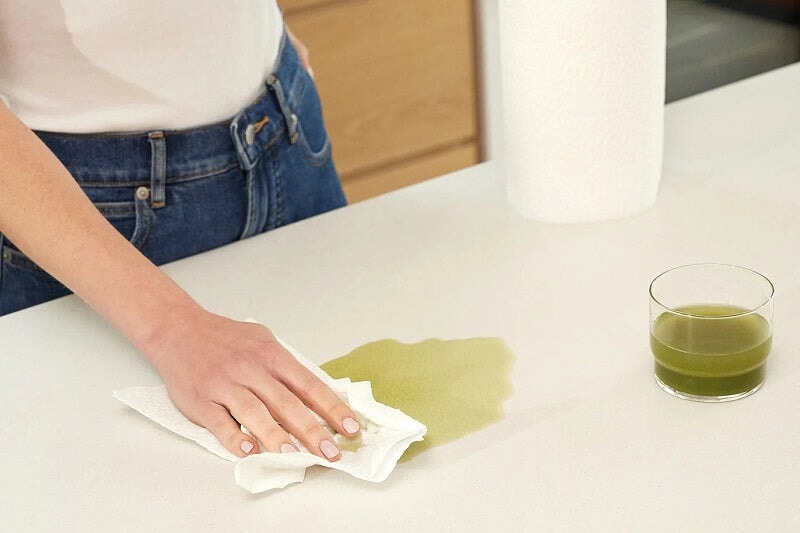
TLDR
Paper towels are a staple in every household, valued for their ability to quickly and effectively absorb spills. But have you ever wondered, how do paper towels absorb water? The science of absorbency is fascinating, and understanding the role of cellulose can provide insights into why these kitchen essentials are so effective. By delving into the molecular structure of cellulose and the mechanisms of water absorption, we can appreciate the ingenuity behind these everyday items.
The Role of Cellulose in Absorption
What is Cellulose?
Cellulose is a complex carbohydrate, or polysaccharide, consisting of a linear chain of hundreds to thousands of linked D-glucose units. It is the primary structural component of plant cell walls, making it the most abundant organic polymer on Earth.1 Natural sources of cellulose include wood, cotton, and other plant fibers. In household paper products like paper towels, tissue paper, and toilet paper, cellulose fibers play a crucial role in their ability to absorb water. The ubiquity of cellulose in nature underscores its importance not just in plant biology but also in various industrial applications.
Cellulose's Molecular Structure and Water
The molecular structure of cellulose is key to its absorbent properties. Each cellulose molecule is composed of numerous hydroxyl (OH) groups, which form hydrogen bonds with water molecules.2 These bonds allow cellulose fibers to attract and hold water. When a paper towel comes into contact with water, the water molecules are drawn into the fibers through these hydrogen bonds, facilitating absorption. This interaction at the molecular level is what enables paper towels to efficiently soak up liquid spills,3 turning them into an indispensable tool in our kitchens and households.
Cellulose vs. Other Materials
Compared to other materials like cotton and wood, cellulose exhibits superior absorbency. Cotton, also composed of cellulose, has excellent absorbent properties but is often used in cloth towels rather than disposable paper products. Wood, while also rich in cellulose, contains lignin and other compounds that reduce its absorbency. Paper towels, designed to maximize the surface area of cellulose fibers, achieve higher absorbency than many other materials. This design optimization ensures that paper towels can outperform other materials in terms of water absorption, making them particularly effective for cleaning up various types of spills.
The Mechanism of Water Absorption in Paper Towels
Capillary Action Explained
Capillary action is the process by which water is drawn into small spaces within the paper towel fibers. This phenomenon occurs because of the adhesive forces between the water molecules and the cellulose fibers, as well as the cohesive forces between the water molecules themselves.4 When you dip a paper towel into water, the liquid travels upward against gravity through the tiny pores and spaces between the fibers, demonstrating capillary action. This natural process can be observed in various other contexts, such as how plants draw water from their roots to their leaves, showcasing the fundamental principles that also apply to paper towels.
Importance of Porosity and Permeability
The porosity and permeability of paper towels are critical factors in their ability to absorb water. Porosity refers to the number of tiny pores within the paper towel, while permeability measures how easily liquids can pass through these pores. Paper towels are designed with a high level of porosity, allowing them to quickly soak up and retain large amounts of liquid. The interconnected network of cellulose fibers creates numerous pathways for water to travel, enhancing the overall absorbency. This intricate structure ensures that even when dealing with larger spills, paper towels can efficiently manage the task without falling apart.
Factors Enhancing the Absorbency of Paper Towels
Design and Texture
The design and texture of paper towels significantly influence their absorbent capabilities. Embossing, a process that creates raised patterns on the surface of the towel, increases the surface area available for water absorption. These textured patterns help trap water within the folds and crevices, making the towel more effective at cleaning up spills. Additionally, the tactile feel of the embossed paper towel can provide a more satisfying user experience, making it easier to grip and use the towel effectively.
Chemical Additives and Their Effects
Manufacturers often add resins and other chemicals to paper towels to enhance their strength and absorbency. These additives help the towels maintain their integrity when wet, preventing them from falling apart during use. The addition of such chemicals ensures that the paper towels remain effective even when saturated with water. This is particularly important for tasks that involve vigorous scrubbing or cleaning, where the durability of the paper towel is put to the test. At Reel Paper, our paper towels are chemical-free and aren't reliant on them for strength and absorbency, as they are made from 100% bamboo.
Fluffiness and Folding
The physical attributes of paper towels, such as fluffiness and folding, also play a role in their absorbency. Fluffier towels contain more air pockets, which can trap and hold water. Similarly, the way paper towels are folded can create additional layers of absorbent material, improving their overall performance. By optimizing these characteristics, manufacturers can produce highly absorbent paper towels that meet consumer needs. The balance between fluffiness and compactness ensures that the towels are both effective and convenient to store and use.
Choose Sustainable, Highly-Absorbent Paper Towels by Reel Paper
At Reel Paper, we understand the importance of both performance and sustainability in paper products. Our paper towels are designed to maximize absorbency while being environmentally friendly. Made from 100% bamboo, a renewable resource, Reel bamboo paper towels offer exceptional absorbency without compromising on sustainability. Are bamboo paper towels eco-friendly? Yes! Bamboo's rapid growth and minimal environmental impact make it an ideal paper towel alternative to traditional wood pulp paper towels, supporting a more sustainable future.
So, next time you reach for a paper towel, consider the journey it has taken from raw material to your hand. With Reel Paper, this journey is marked by a commitment to sustainability, innovation, and high performance. By choosing our products, you're not just purchasing a paper towel; you're investing in a better future for our planet. Join us in this endeavor, and let's make every cleanup a conscious step towards a more sustainable world.
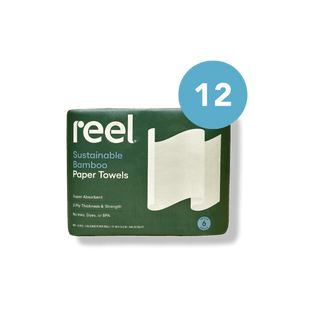

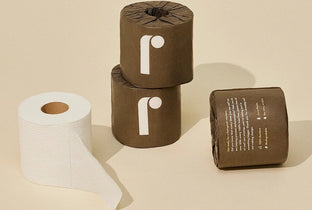
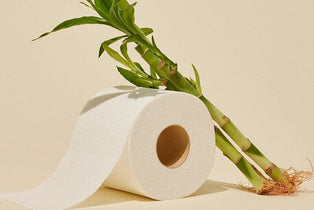
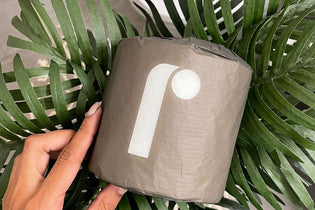
0 comments